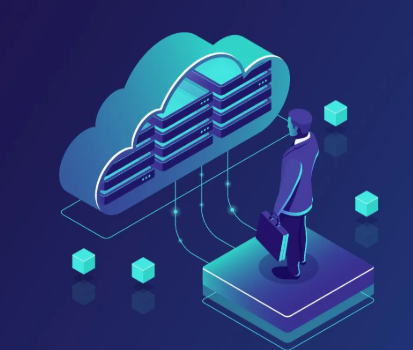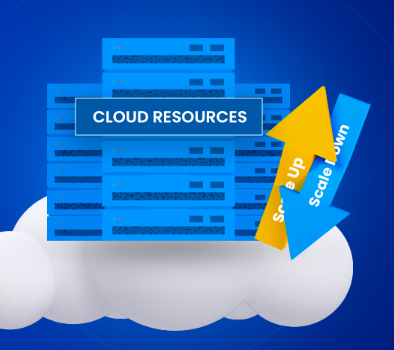
Choosing the right cloud service provider is a critical decision for any business, but with so many options available, it can be overwhelming to know where to start. Cloud computing offers a range of solutions that vary in terms of technology, support, costs, and availability. Before committing to a provider, it’s essential to evaluate the key factors that will influence your decision and ensure that the solution aligns with your business’s needs.
Here are some important aspects to consider when selecting the best cloud service for your organization.
1. Scalability and Flexibility
One of the most important features to look for in a cloud service is scalability. Your business needs to be able to increase or decrease resources as required, depending on its current demands. A flexible cloud solution ensures you only pay for the resources you use, helping to optimize costs and prevent wasted capacity. This adaptability ensures that as your business grows or experiences fluctuations in demand, your cloud environment can grow with it.
2. Customization
Not all businesses have the same needs, so a one-size-fits-all cloud package is rarely the best choice. When evaluating cloud solutions, ensure that the provider offers a high degree of customization. A tailored solution will meet your specific requirements, offering the best fit for your unique business operations. By selecting a cloud service that can be customized to your business’s needs, you’re ensuring that your infrastructure works as efficiently as possible, with a level of service that’s designed specifically for you.
3. Availability and SLA (Service Level Agreement)
Availability is a crucial consideration when selecting a cloud provider, especially for businesses that depend on high uptime. The service level agreement (SLA) outlines the expected availability and reliability of the service. A high SLA guarantees minimal downtime and reassures you that the provider will maintain service continuity. This is particularly important for high-traffic websites or e-commerce platforms where even a small amount of downtime can lead to lost revenue and customer trust.
4. Infrastructure and Technology
The technology and infrastructure behind the cloud service are vital for performance. Look for providers that operate next-generation data centers equipped with the latest technology. These data centers should offer high levels of security, reliability, and redundancy. Outdated infrastructure can lead to performance issues and security risks, so it’s essential to choose a provider that invests in cutting-edge technology to deliver superior performance and protection for your business data.
5. Technical Support
When technical issues arise, the quality of customer support can make all the difference. Choose a provider that offers responsive and efficient technical support, available whenever you need it. Ideally, the provider should have a dedicated support team that can address issues promptly, ensuring minimal disruption to your business operations. Additionally, some cloud providers offer full management of your cloud infrastructure, which is especially valuable if you lack the time or technical expertise to handle day-to-day maintenance yourself. This way, your business can focus on its core activities while experts take care of your cloud environment.
Conclusion
Selecting the best cloud service provider is crucial for your business’s success. By considering factors such as scalability, customization, availability, infrastructure, and technical support, you can ensure that the cloud solution you choose aligns with your business goals. The right provider will not only meet your current needs but will also grow with your business, providing reliable service and expert support every step of the way.





















Comments
Luxury travel and why there’s no guilt pleasure
The serene beauty of the sea beach in the Coxes Bazar
The serene beauty of the sea beach in the Coxes Bazar
The serene beauty of the sea beach in the Coxes Bazar
2017 solo travel accommodation guide is online now